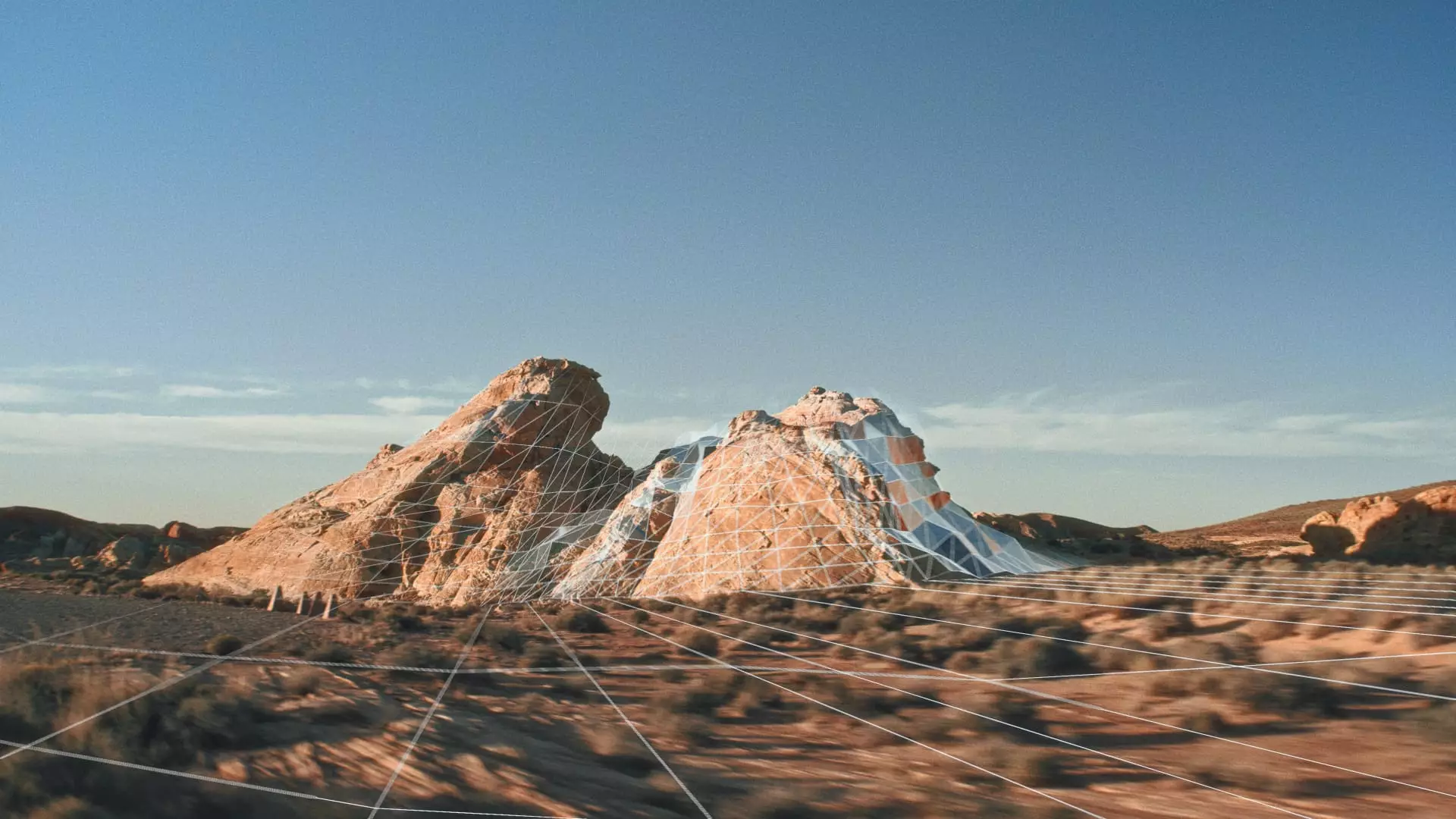Distance Technologies, a fledgling company from Finland, is on the cusp of revolutionizing how we interact with our vehicles and aviation technology. Specializing in mixed-reality solutions, Distance aims to integrate augmented reality (AR) interfaces seamlessly into everyday experiences, eliminating the need for intrusive headsets or glasses. Recently, the startup successfully garnered €10 million ($11.1 million) in a seed funding round led by GV, the venture capital arm of Alphabet Inc., drawing interest from notable investors such as FOV Ventures and Maki.vc. This influx of capital is expected to fuel the company’s innovative ambitions.
At its core, Distance Technologies focuses on crafting an immersive experience that does not compromise on practicality. For years, mixed-reality technology has been hindered by the requirement of bulky headsets or smart glasses that can detract from the user experience. Urho Konttori, CEO and co-founder of Distance and a former executive at Varjo, notes that such hardware creates a fundamental barrier to accessibility. By utilizing existing structures within vehicles and aircraft that are already transparent—like windshields or cockpits—Distance capitalizes on familiar interfaces, providing users with a more straightforward and engaging interaction method without the encumbrance of additional equipment.
Distance’s technology hinges on advanced optical layers that, when applied to liquid crystal displays (LCDs), project dynamic and three-dimensional images visible from multiple angles. This method allows for a cleverly synchronized light field that accommodates the unique positioning of a user’s eyes. By rendering distinct visual experiences for the left and right eyes, the startup provides the “infinite” depth perception that is critical in applications ranging from automotive displays to fighter jet cockpits.
The ability to project AR content directly onto a transparent surface not only enhances user experience but also signifies profound implications for safety. In automotive contexts, this means drivers can receive real-time information about their environment, navigation suggestions, and critical alerts while keeping their focus on the road— potentially decreasing distraction and increasing safety.
Distance is strategically targeting three primary markets: automotive, aerospace, and defense. These sectors stand to benefit immensely from the integration of augmented reality capabilities. According to Jussi Mäkinen, the Chief Marketing Officer of Distance Technologies, their system’s ability to encompass entire transparent surfaces sets it apart from existing augmented reality heads-up displays (HUDs), which often only cover limited regions of the display area.
The potential commercialization of Distance’s technology opens up a new frontier for consumer experiences. The need to work closely with partners in these industries could prove transformative for the startup, as it seeks to tailor and refine its offerings based on real-world applications. Konttori emphasizes the upcoming transition from research to product development as the company prepares to create more advanced optical systems designed for market implementation.
Despite the promising prospects for Distance Technologies, entering the mixed-reality market is not without substantial challenges. Several established corporations and emerging tech startups have begun to explore AR implementations within the automotive sector, including notable players like Huawei, Denso, and Panasonic. With existing products such as Apple’s Vision Pro and Microsoft’s HoloLens 2 priced significantly at $3,500 and above, the race for developing cost-effective and user-friendly AR solutions becomes imperative.
Contending with the challenges of production costs, Distance must simultaneously continue its technological advancements while offering a compelling case for stakeholders concerning the long-term value and viability of its prospective products. Given the recent trend of increasing investments in AR across multiple sectors, showing concrete results and reliability will be paramount for the startup to carve its niche in an increasingly crowded landscape.
As Distance Technologies navigates the complexities of product development and market integration, its innovative approach holds promise for the future of mixed reality. With ambitions centered upon making cutting-edge technology accessible to the masses, their quest stands as a potential game-changer in how we perceive and interact with our environments—be it on the ground or in the skies. Fostering partnerships and demonstrating capabilities in practical applications will be crucial as they forge ahead and potentially redefine user interactions in the automotive and aerospace industries. The next year is set to be a turning point, as Distance prepares to transition from research phases into an exciting realm of commercial possibilities.

